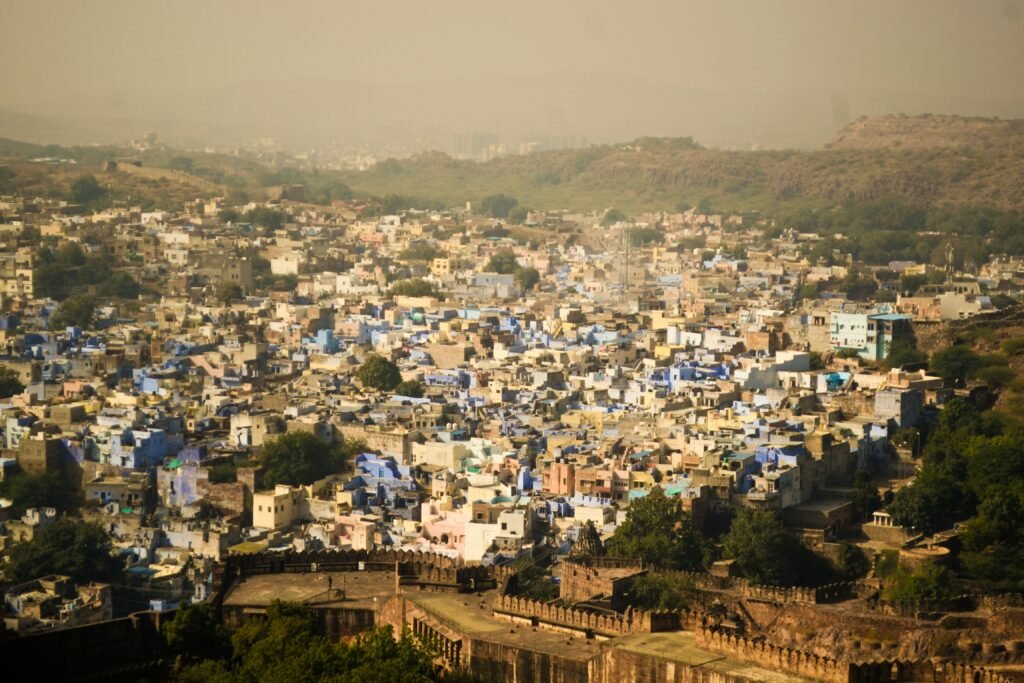
The Rich Tapestry of Indian Literature
Indian literature is an intricate mosaic that reflects the country’s diverse cultural, linguistic, and historical heritage. Its origins can be traced back to ancient texts, including the Vedas and Upanishads, which are foundational to Indian philosophy and spirituality. These texts laid the groundwork for a literary tradition that encompasses not just religious thought but also moral and ethical discussions, significantly influencing subsequent generations of writers and thinkers.
The epics, the Mahabharata and Ramayana, further enrich this literary landscape. These monumental works explore complex themes such as duty, righteousness, love, and the struggle between good and evil. They represent a synthesis of narrative and philosophy that has shaped moral thought in Indian society. These ancient texts have not only endured through centuries but continue to resonate in contemporary storytelling, showcasing the timeless quality of their narratives.
As time progressed, Indian literature evolved, witnessing a blossoming in various regional languages, each contributing unique voices and stories. For instance, the works of Rabindranath Tagore in Bengali, Tulsidas’s “Ramcharitmanas” in Hindi, and Kalidasa’s plays in Sanskrit highlight the linguistic diversity and the rich literary traditions suiting regional tastes and contexts. The inclusion of folk tales, poetry, and modern novels from various languages adds a vibrant hue to the literary tapestry of India.
The intersection of history, culture, and regional expression in Indian literature illustrates a dynamic narrative tradition that is as relevant today as it was in antiquity. This vast literary heritage not only showcases the emotional and intellectual landscape of its time but also invites readers to engage with the past while reflecting on contemporary issues. Thus, the richness of Indian literature continues to inspire both writers and readers across the globe.
Uncovering Contemporary Gems: Indian Fiction and Poetry Today
The landscape of Indian literature has evolved significantly in recent years, showcasing a vibrant array of contemporary fiction and poetry that reflects both societal dynamics and individual experiences. Prominent authors such as Arundhati Roy, Chetan Bhagat, and Jhumpa Lahiri have captured the essence of modern India through their evocative narratives. Each writer brings forth unique perspectives that delve into varying themes, from the struggles of identity and migration to explorations of class and gender dynamics.
The current wave of Indian literature often intertwines social issues with personal stories, creating a compelling blend that resonates with readers. For instance, works like “The Ministry of Utmost Happiness” by Roy address complexities of communal tensions while celebrating the diversity of human experience. Meanwhile, Bhagat’s novels engage young audiences by combining entertainment with commentary on contemporary problems in urban India, especially within the realm of youth culture and aspirations.
Poetry, too, has experienced a revitalization, with emerging poets such as Rupi Kaur and Rajesh Joshi gaining recognition both nationally and globally. Their work often paves the way for self-exploration and encourages dialogue around challenging topics. Themes of love, loss, feminism, and resistance have become prominent in poetic expressions, offering insights into the changing fabric of Indian society.
The role of literary awards cannot be overlooked in this context, as they serve to honor exceptional talent and propel authors into the limelight. Awards like the JCB Prize for Literature and the Sahitya Akademi Award have raised the profiles of various writers, further facilitating the reception of Indian literature on international platforms. Through translations and collaborations, Indian authors are now contributing significantly to the global literary dialogue, solidifying their place in the broader narrative of world literature.
